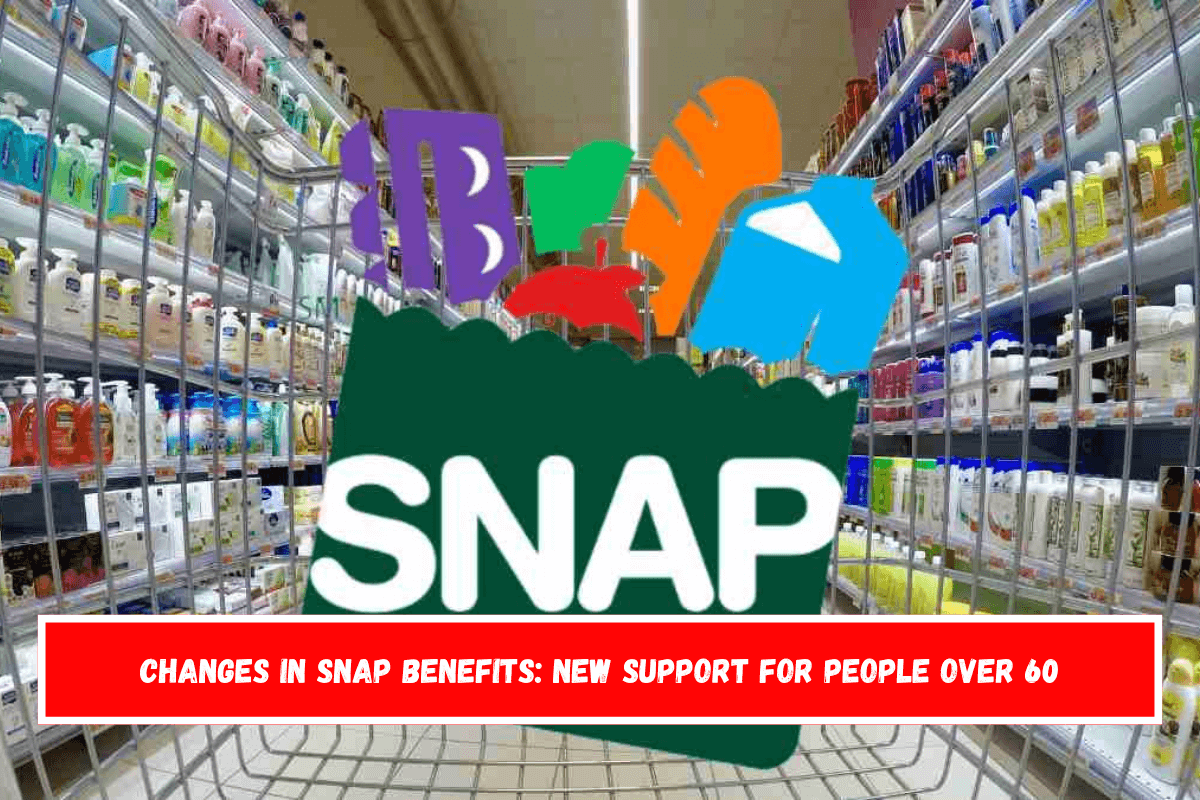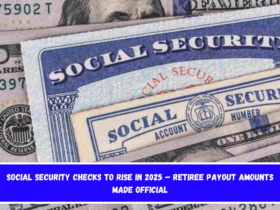In the US, a lot of retirees who are already getting Social Security benefits are thinking about asking for Program SNAP, which is also known as “food stamps,” to help them make ends meet and cover their basic food needs.
Food Stamps (SNAP) are very important for people and families with low incomes because they help pay for groceries. This help is especially important for people whose Social Security checks don’t cover all of their basic costs of life.
How age affects SNAP benefits
It makes sense that more and more people want to combine their Social Security and SNAP payments. On the other hand, a lot of people wonder if age might be an issue when it comes to asking for SNAP.
Luckily, there are no age limits on who can join the program. However, other factors like family size, income, and financial resources are very important in deciding who is eligible.
There is no set age limit for applying for SNAP, but people over 60 often find that they can get more benefits or have more freedom in meeting program standards. These are some of the specific benefits for people over 60:
Higher income thresholds
One big perk for seniors is that they may be able to get SNAP even if they make more money than younger applicants. For people aged 60 and up, the income limits may be less strict. This means that they might still be able to get SNAP help even if they are getting a Social Security check.
Deduction of medical expenses
One more big benefit for people over 60 is that they can remove some medical costs when figuring out how much money they make to be eligible for SNAP.
In the eyes of the program, this can be a huge benefit because it lowers their net income, which makes it more likely that they can get food aid. Spending a lot of money on medicines, doctor visits, and other health-related things can really affect how well an application does.
Simplified application process
The application process for seniors may be made easier in some places. By getting rid of legal hurdles, this effort hopes to make it easier for older people to get the help they need.
For adults who may have trouble with the paperwork and other administrative tasks that come with some government programs, this streamlined process can make a big difference.
Combining SNAP with Social Security benefits
Applying for SNAP can be especially helpful for adults who are already getting Social Security payments. Social Security income is taken into account when figuring out who can get SNAP, but it doesn’t automatically rule people out.
Actually, being able to mix Social Security and SNAP can be very important for making sure that retired people can eat healthy food, especially if their monthly Social Security check isn’t enough to cover all their living costs.
Many older people find that their Social Security payouts are not enough to cover the rising costs of things like housing, utilities, and medical care.
In these situations, SNAP can make a huge difference in people’s lives. SNAP benefits can help them buy healthy food, which can lead to better health, which is especially important for older people.

Other factors that affect SNAP eligibility
Age is an important factor, but it’s not the only one that decides if someone can get SNAP. When putting these benefits together with Social Security payouts, there are a few other important things to keep in mind.
Household income
One of the main things that determines who can get SNAP is how much money their family makes. In this group are all kinds of income, like pay, pensions, and Social Security benefits. With SNAP, you can’t make more than a certain amount of money. The amount depends on your family size and the federal poverty level.
These limits are usually less strict for seniors, but if they go over certain levels, they could lose their benefits.
Financial resources and assets
Along with an applicant’s income, the applicant’s assets and cash resources are also taken into account. This includes property and savings, but a main home is generally left out of these calculations.
If you get Supplemental Security Income (SSI), you may not have to meet some income tests. This makes it easier for you to get SNAP. This is especially important for older people who may depend on these services a lot to meet their basic needs.
Disability status
People who get disability payments from Social Security Disability Insurance (SSDI) may need to meet extra requirements in order to be eligible. Disability recipients, like adults over 60, can deduct medical costs, which can make it easier for them to get SNAP.
Many disabled people have a hard time paying for their medical bills. Being able to remove these costs can make it easier for them to get the food aid they need.
Navigating the balance between Social Security and SNAP
It’s not always easy to balance Social Security and SNAP benefits because each program has different standards for who can get them.
Everyone who wants to apply needs to know the requirements and paperwork that are needed for each. You can get SNAP if you get a Social Security check, but it might not count against your qualifying the same way other types of income might.
For example, a person’s Social Security income may not have as much of an effect on their eligibility for SNAP as their wages from work.
Also See:- Social Security payments in November: amounts of $698 and $1,539











Leave a Reply